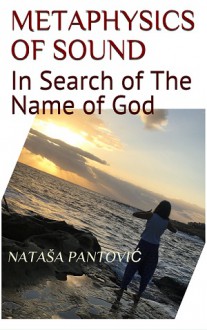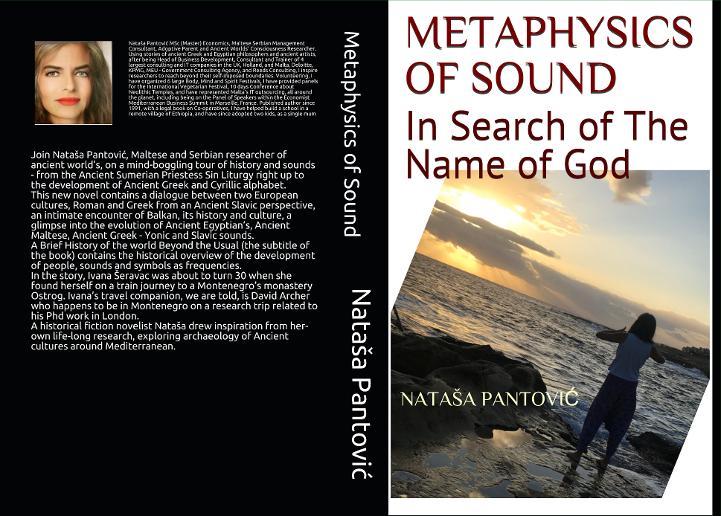
The novel is divided into two parts, both of which are narrated by Ivana Šeravac when she is retired and living alone, and by the Author. The first part begins in the 1980s with the meeting of Ivana and David, on a train journey to a famous Montenegro’s monastery Ostrog, of whom three feature in the remainder of the story: Author, as the narrator, David Archer, and Ivana, who is doing her life-long research in sound and the development of alphabets. The two discuss the philosophical background of two major Ancient Europe’s thought forms – liberals and conservatives, democratic and monarchy-ruled, Greek-links and Romans, Slavic and Germanic. David has a Phd from the Cambridge University and Ivana stays a mum, determined not to let go of her research passion.

At this point Nataša's narration of the second part of the novel – which is twice as long as the first – begins, it is a historical journey through sounds, followed by the "classical antiquity" with the Hellenistic, Eastern European history in the Ancient Mediterranean, from the beginning of recorded Ancient Greek history in 776 BC. This roughly coincides with the Golden period in Ancient Greece in Balkan. Following the development of the languages researching the Ancient Egyptian Rosetta Stone, the Ancient Homeric Ionic Greek, Nataša uses the Slavic Cyrillic script to map the oldest Phoenician Alphabet to the European development of languages.

 Log in with Facebook
Log in with Facebook 





